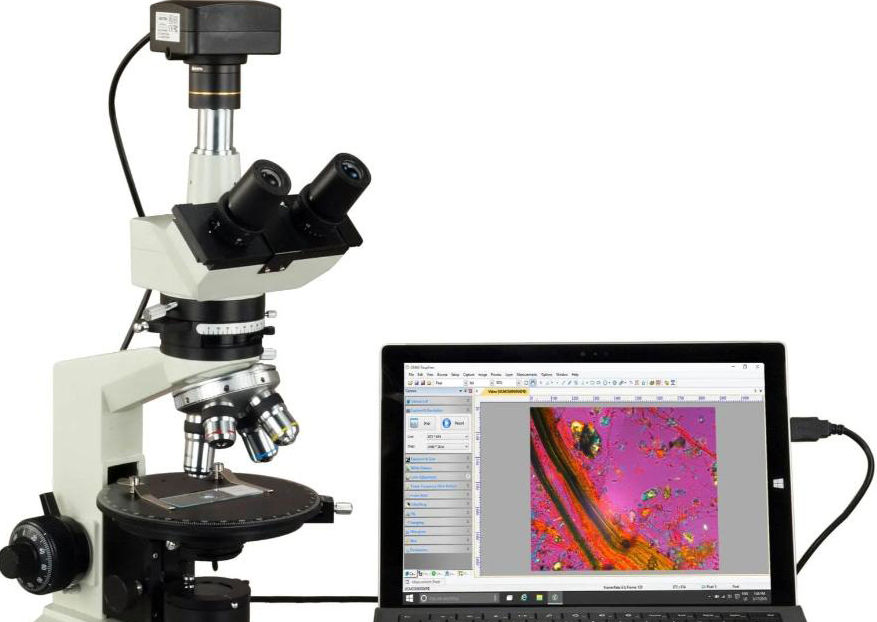Microscope cameras and industrial cameras are both specialized imaging devices that share similarities while exhibiting distinct differences. Here’s a detailed comparison:
Similarities
Core Imaging Principles:
Both utilize CCD or CMOS sensors
Both follow fundamental optical imaging principles
Professional Performance Requirements:
Require high resolution and sensitivity
Emphasize low-noise performance
Need stable image transmission
Specialized Applications:
Used in scientific research and industrial inspection
Require specialized image processing software
Key Differences
| Comparison Dimension | Microscope Cameras | Industrial Cameras |
| Design Purpose | Optimized for microscopic imaging | Adapted for industrial environments |
| Optical Interface | C-mount/F-mount microscope interfaces | Standard industrial lens mounts |
| Resolution | Typically higher (20+ MP) | Moderate (2-12 MP mainstream) |
| Frame Rate | Lower (typically <30fps) | Higher (up to hundreds of fps) |
| Dynamic Range | 12-16bit | Typically 8-12bit |
| Color Accuracy | Extremely high requirements | Varies by application |
| Working Distance | Fixed (matched to microscope) | Adjustable (with different lenses) |
| Protection Rating | Laboratory grade | Industrial grade (dust/shock/EMI resistant) |
| Price Range | Typically higher | More economical |
Selection Recommendations
- Choose Microscope Cameras When:
Need microscope system integration
Require micron/nano-scale observation
Need ultra-high resolution and color fidelity
Operating in clean, stable environments
- Choose Industrial Cameras When:
Need to withstand harsh industrial environments
Require high-speed dynamic capture
Need flexible mounting options
Have relatively limited budget
Development Trends
Recent technological convergence includes:
Industrial cameras offering microscope interface options
Microscope cameras enhancing industrial protection features
Both advancing toward higher resolution and faster speeds

